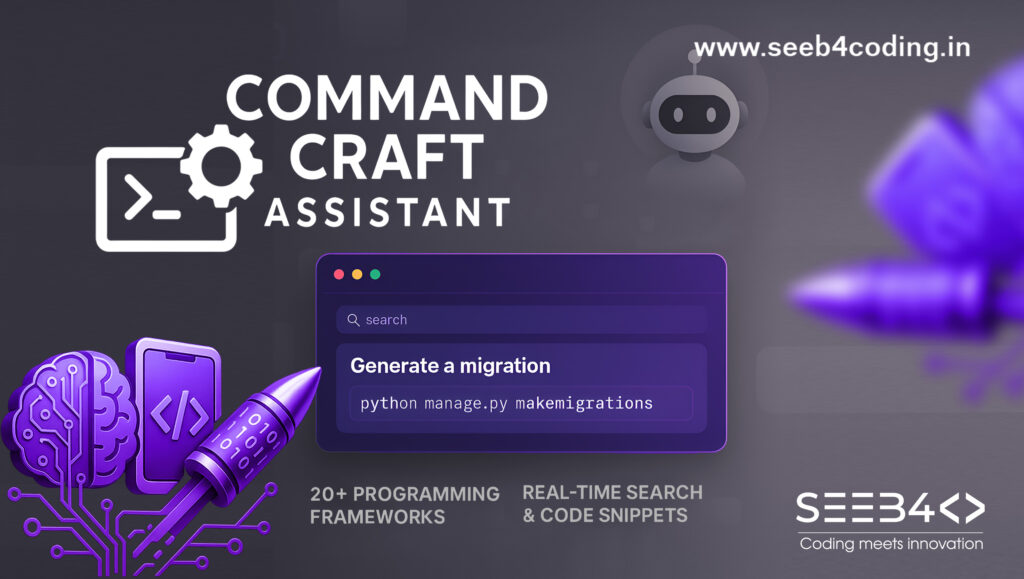Setting up a React Native development environment can be a daunting task, especially for beginners. However, with the right steps, you can set up your system quickly and efficiently. In this guide, we’ll walk you through the installation process and address common setup issues.
Point 1: Installation and Setup
Problem:
Many developers face challenges when first setting up their development environment for React Native, often leading to errors when trying to run their applications.
Solution:
Follow this step-by-step process to ensure your environment is correctly configured:
Step 1: Install Node.js
React Native relies on Node.js to run, so the first step is installing Node.js. Here’s how to do it:
- Go to nodejs.org.
- Download the LTS (Long-Term Support) version, which is the most stable and recommended for most users.
- Follow the installation instructions for your operating system (Windows, macOS, or Linux).
- Once the installation is complete, verify it by opening your terminal (or Command Prompt for Windows) and typing
node -v This command should display the installed version of Node.js.
Step 2: Install Android Studio
For Android development, React Native uses Android Studio as the default IDE. Android Studio also includes the necessary SDK tools such as ADB (Android Debug Bridge).
- Download and install Android Studio from the official website.
- During installation, ensure you select the option to install the Android SDK, Android SDK Platform, and Android Virtual Device (AVD).
- Once installed, launch Android Studio and complete the initial setup.
Step 3: Set Up Environment Variables for Android Studio
To ensure that React Native recognizes your Android Studio installation, you need to set up the correct environment variables on your system. Here’s how:
For Windows:
- Open System Environment Variables by searching for “Environment Variables” in the Start menu.
- Click Environment Variables in the window that appears.
- In the System variables section, find the Path variable, click on it, and then click Edit.
- Add the following paths to your SDK and tools:
- SDK Location:
C:\Users\<your-username>\AppData\Local\Android\Sdk - Emulator:
C:\Users\<your-username>\AppData\Local\Android\Sdk\emulator - Platform Tools:
C:\Users\<your-username>\AppData\Local\Android\Sdk\platform-tools
- SDK Location:
- Click OK to save and apply your changes.
For macOS/Linux:
Open your terminal.
Add the following lines to your ~/.bash_profile, ~/.zshrc, or ~/.bashrc file (depending on your shell)
export ANDROID_HOME=$HOME/Library/Android/sdk export PATH=$PATH:$ANDROID_HOME/emulator export PATH=$PATH:$ANDROID_HOME/platform-tools export PATH=$PATH:$ANDROID_HOME/toolsSave the file and run:
source ~/.bash_profile (or .zshrc/.bashrc depending on your shell).
Conclusion:
By installing Node.js and Android Studio, and ensuring that the environment variables are correctly set, you’ll have your development environment ready for React Native. With these steps complete, you should be able to create and run your first React Native project without errors.
In the next sections of this troubleshooting guide, we’ll cover common errors and solutions for running the Android emulator and debugging React Native apps. Stay tuned!









